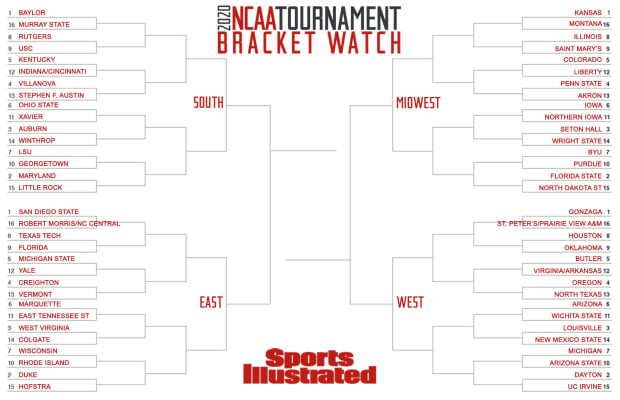How Does March Madness Seeding Work
Welcome to March Mammal Madness! This library guide is your official location for MMM tournament info and resources to help you fill out your bracket. March Mammal Madness originated at Mammals Suck...Milk, Dr. Katie Hinde's blog, where she founded MMM in 2013. Each year, the tournament has become more popular, elaborate, educational, and fun.

- How Does the March Madness Tournament Work? NCAA March Madness is a single-elimination tournament featuring the best teams in college basketball. The one-and-done format makes it one of the most popular sporting events in the world, rivaling even the Super Bowl.
- How the NCAA Tournament works. March Madness is a 68-team, single-elimination tournament that annually crowns college basketball’s NCAA Division 1 men’s national champion. The event is aptly named, considering it features a frenetic 67 games over a 19-day period. The participating schools are announced on “Selection Sunday”, along with the exact seeding and brackets.

How Does March Madness Bracket Work

How Does March Madness Seeding Worksheets

MARCH MADNESS, Does seeding really matter? Name: The Men’s National College Basketball Tournament is played each March and the tourney is often referred to as “March Madness.” The field of 64 is broken into four regional tournaments with teams seeded 1 through 16. There are four number one seeds, one for each region. How does March Madness work? March Madness is the name that has been bestowed on the annual NCAA Men’s Division I Basketball Tournament. The March part of the name comes from when the tournament takes place, over a few wild weeks during that month, while Madness refers to the wildness of wall-to-wall hoops action in which anything can happen.

Inspired by (but in no way affiliated with or representing) the NCAA College Basketball March Madness Championship Tournament, March Mammal Madness is an annual tournament of *simulated* combat competition among animals. Scientific literature is cited to substantiate likely outcomes as a probabilistic function of the two species' attributes within the battle environment. Attributes considered in calculating battle outcome include temperament, weaponry, armor, body mass, running speed, fight style, physiology, and motivation.
Through the scientific information embedded in the bout descriptions, participants are educated about inter-species interactions, the importance of ecological context, how natural selection has shaped adaptations, and conservation management of endangered species.
For a comprehensive overview of the design, public engagement, and reach of the tournament, view our new article in the journal eLife! March Mammal Madness and the power of narrative in science outreach. eLife 2021;10:e65066doi: 10.7554/eLife.65066